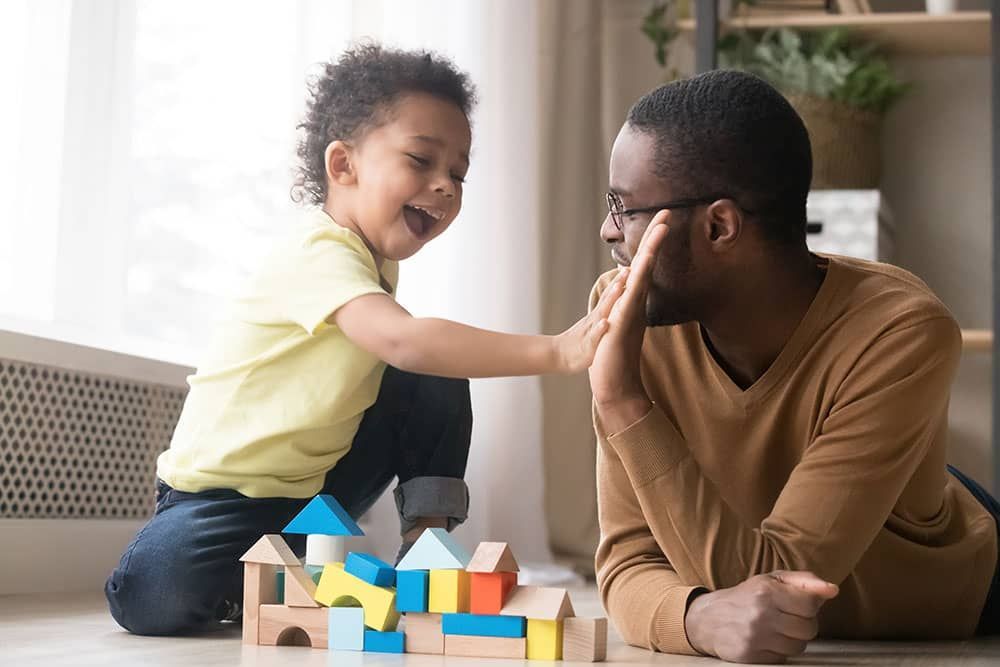Summer Sleep
Summer Sleep

As summer progresses with exciting events like vacations, camp, and time with family, schedules can become nearly nonexistent. While flexibility is part of the fun of this time of year, our children’s sleep can suffer from this lack of routine. Keep reading for simple tips on how to make the most out of increased daylight hours and summer fun while maintaining good sleep hygiene. After all, quality sleep is no less important over the summer than during the school year!
1. Plan for change
Before working to increase consistency regarding sleep, remember that there will be frequent disruptions to your best laid plans. Each time you have visitors, travel, or need to wake up for camp earlier than usual, your schedule might suffer. If we expect frequent changes from the beginning, we can remember to be flexible and remind ourselves that we can always get back on track.
2. Consistent schedule
One of the most impactful changes you can make is to ensure that your children have a consistent bedtime throughout the summer. It is advised that weekday to weeknight bedtimes vary by no more than 2 hours (maximum!) and that morning wake times remain as consistent as possible. Daytime behaviors inevitably impact the next night’s sleep, leading to an inescapable cycle of tired and grumpy little ones. With increased daylight hours, your child’s summer bedtime might be later than during the school year- that is okay, as long as it is consistent.
3. Bedtime routine
Once you decide on a bedtime for your little one, remember to devote time to carving out a consistent routine. A good bedtime routine involves a series of ~3-6 activities carried out in the same order each night. This helps the child develop sleep associations, know what to expect, and prepare their busy mind (and body) for sleep. An example might include taking a bath, changing into pajamas, brushing teeth, reading a book, getting into bed, and singing a song. Whatever your routine involves, try to do it roughly the same way each night. For bonus points, you can write it on a piece of paper and place it on the wall for your child to reference, too!
4. Set the stage
Your child is likely to have an easier time falling (and staying) asleep if the environment is set up for success. Make sure the room temperature is cool (but not cold) and the windows are covered to prevent pesky summer daylight from creeping through. Some families find it helpful to spend the hour before bed indoors, away from the sun, to help their children transition to bedtime when it is still bright out.
5. Get back on track
Know that when you return from traveling or having visitors, your children are likely to have increased difficulty getting back on track with sleep. Remain consistent and return to your routines- your little ones will adjust quicker than you expect!
Katherine Cohn, PhD
Licensed Child Clinical Psychologist
Licensed Specialist in School Psychology








